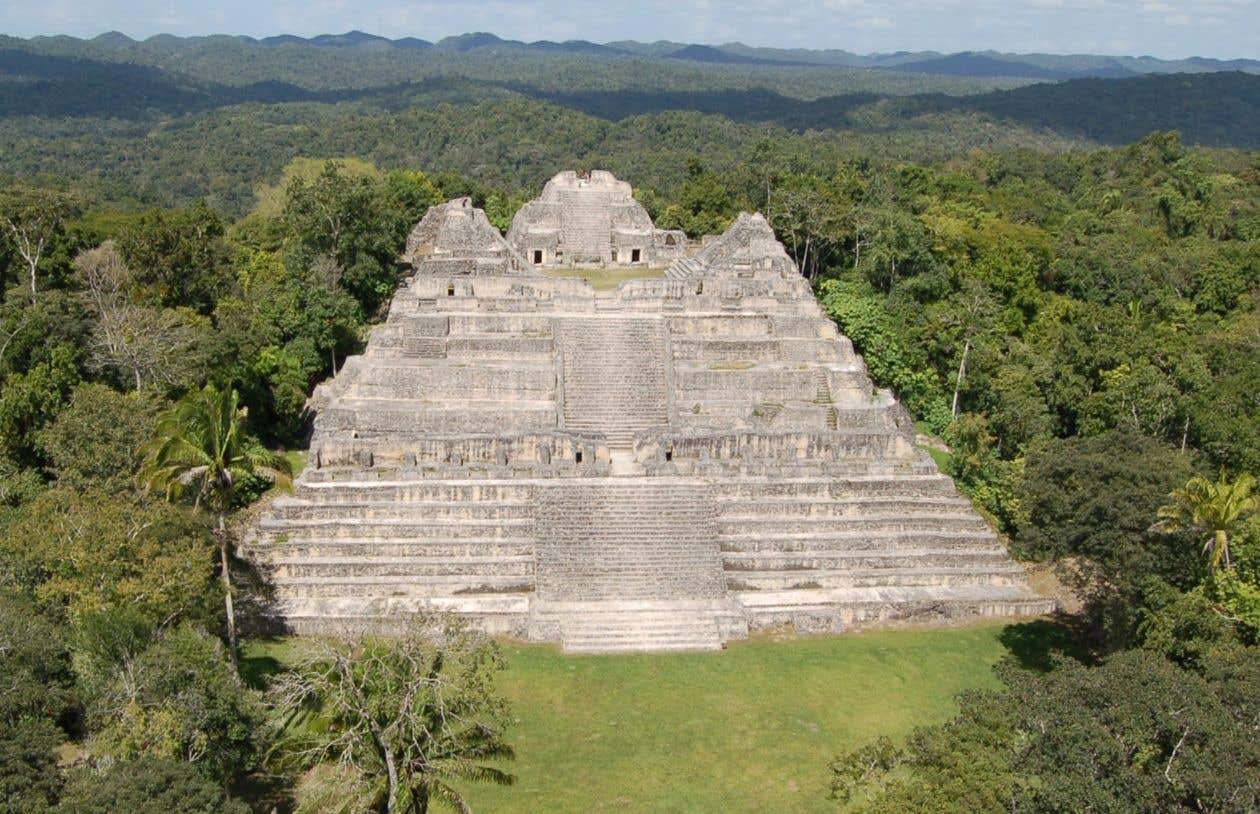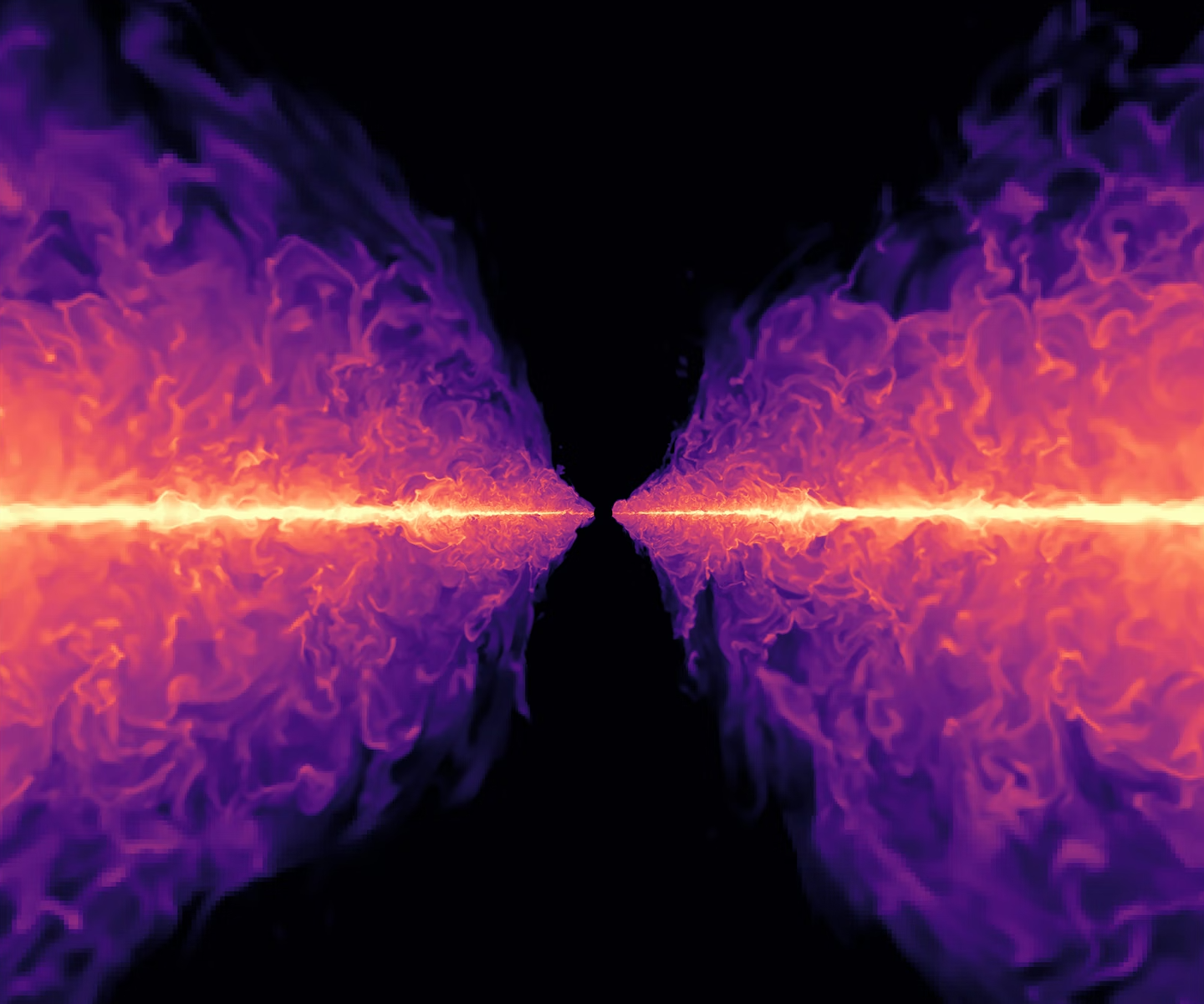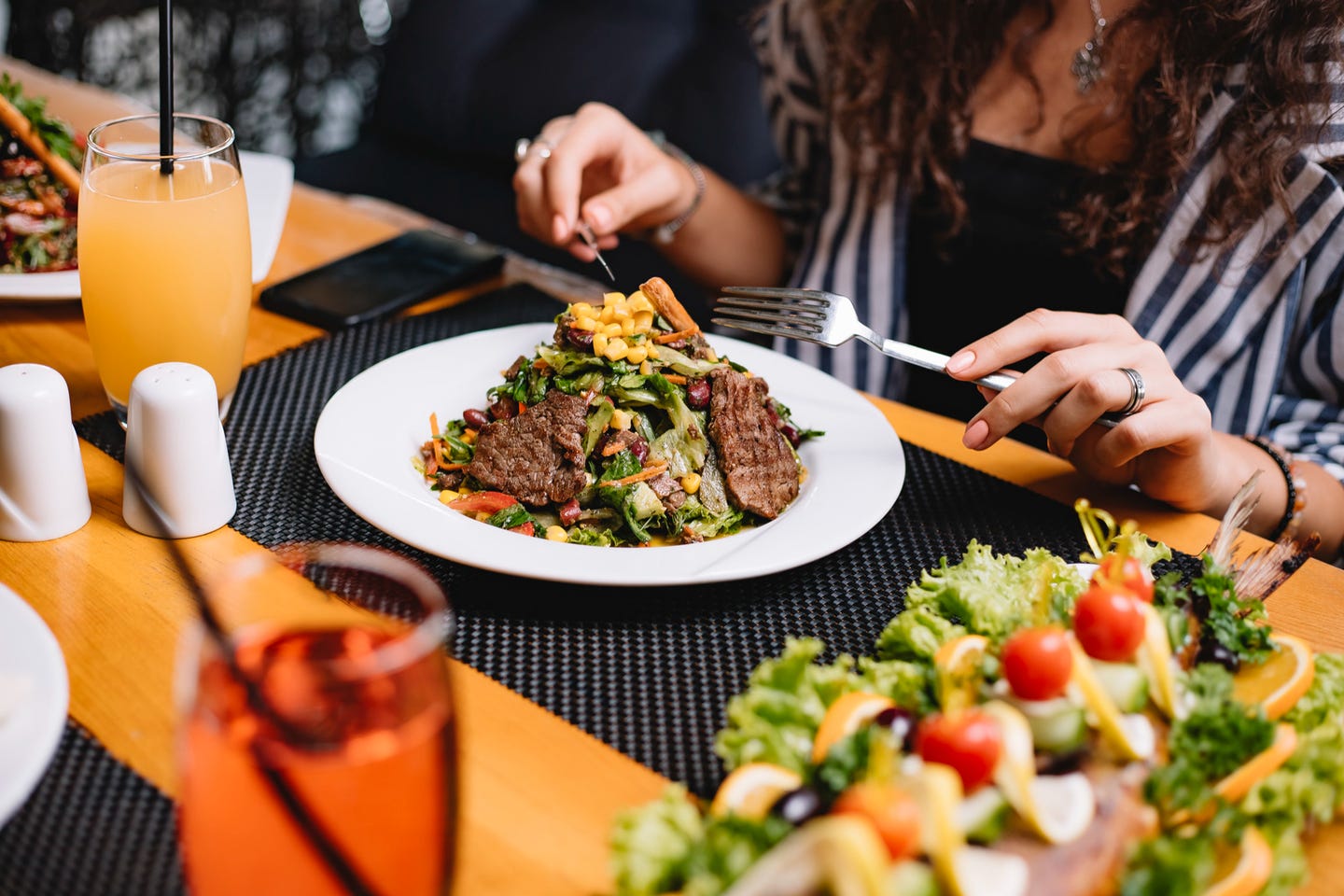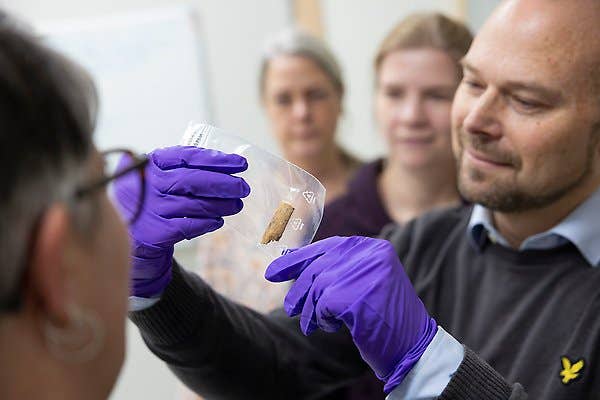Royal tomb discovery changes what’s known about Maya history
A Maya ruler’s tomb in Belize uncovers early links to Teotihuacan, reshaping ideas of ancient diplomacy and power.

Discovery of Maya king’s tomb reveals deep ties to Teotihuacan over a century earlier than believed. (CREDIT: University of Houston)
In the heart of Belize, archaeologists have uncovered a royal tomb that changes what’s known about Maya history. This burial, hidden beneath the ruins of Caracol, belongs to Te K’ab Chaak—the city’s first ruler and the founder of its royal dynasty. His name has now taken its place in the spotlight after being lost for more than 1,600 years. For over four decades, Caracol has been studied and explored, but never before has the tomb of a confirmed ruler come to light.
A City of Power and Secrets
Caracol once thrived in the southern Maya lowlands, rising to political dominance between 560 and 680 AD. It rivaled other major Maya cities, yet by 900 AD, it was abandoned. What made this discovery so important wasn’t just the identity of the person buried—it was the full picture of Maya and Mesoamerican life it painted.
Te K’ab Chaak came to power in 331 AD. Archaeologists believe he lived to an advanced age, stood about 5’7”, and had lost all his teeth before his death. His tomb was placed at the base of a shrine connected to the royal family.
Inside were eleven pottery vessels, carved bone tubes, jadeite jewelry, a detailed jadeite mask, and shells from the Pacific Ocean. Some of these items, especially those made of perishable materials, were rare to find still intact.
Two pottery vessels in the tomb had lids shaped like the heads of a coatimundi—a native animal called “tz’uutz’” in Maya. Later rulers even used the coatimundi as part of their names, showing that symbols in this burial lived on in Caracol’s traditions.
The pottery offered more clues. One scene shows a ruler holding a spear while deities bring offerings. Another vessel shows Ek Chuah, the Maya god of trade, surrounded by gifts. Four pots even feature images of captives, linking this king’s memory to war and dominance.
Related Stories
- Oldest known Ethiopian Jewish texts unearthed from the 15th century
- Ancient wooden tools, from long before Homo sapiens emerged, discovered in China
- 4,000-year-old skeletons reveal surprising origin of leprosy
A Team's Lifelong Effort
The discovery was made by a team from the University of Houston, led by archaeologists Arlen F. Chase and Diane Z. Chase. They’ve spent over 40 years uncovering Caracol’s secrets. Their work this season was done alongside Belize’s Institute of Archaeology and supported by several foundations and the university.
This newly found tomb is just one part of a much deeper story. It connects Caracol to a powerful and distant city: Teotihuacan. Located over 1,200 kilometers away in central Mexico, Teotihuacan was one of the largest cities in the world by 300 AD. It traded widely across Central America. That link between Caracol and Teotihuacan may answer a long-standing question. Were Maya rulers influenced by outsiders from Mexico, or did they adopt foreign customs for their own use?
“Maya carved stone monuments, hieroglyphic dates, iconography, and archaeological data all suggest that widespread pan-Mesoamerican connections occurred after an event in 378 AD referred to as the ‘entrada,’” said Diane Z. Chase, who is also the University of Houston’s Provost. “Whether this event represented actual Teotihuacanos in the Maya area or Maya using central Mexican symbols is still debated. The Caracol archaeological data suggests that the situation was far more complicated.”
Clues Hidden in Ancient Burials
Nearby Te K’ab Chaak’s tomb are two more burials dated to around 350 AD. These point to deep, early ties between the Maya and central Mexico—long before the entrada event.
One of these burials is a cremation, placed right at the center of a plaza in the Northeast Acropolis. Found in 2010, it contained the ashes of three individuals along with central Mexican objects. Among them were six atlatl points, two large knives, and fifteen sharp blades made from green obsidian. The obsidian came from Pachuca, north of Teotihuacan. There was also a carved atlatl tip, usually carried by Teotihuacan warriors but rare in the Maya world.
The cremation’s placement and the objects in it follow Teotihuacan customs more than Maya traditions. This suggests that someone from Caracol—possibly a royal—may have traveled to central Mexico, lived there, and returned. By adopting these foreign rituals, they were showing a shift in cultural identity at the highest level of society.
The second nearby burial, uncovered in 2009, belonged to a woman. Her tomb included pottery, a necklace made of spondylus shell beads, mirror fragments, and two Pacific shells. Hematite covered her remains, and the dating aligns with the other two burials. All three burials show that Maya rulers were interacting with others in Mesoamerica long before many historians previously believed.
Long-Distance Diplomacy
“There’s clear evidence that both central Mexico and the Maya area were aware of each other’s ritual practices, as reflected in the Caracol cremation,” said Arlen F. Chase, a professor at the University of Houston. “The connections between the two regions were undertaken by the highest levels of society, suggesting that initial kings at various Maya cities—such as Te K’ab Chaak at Caracol—were engaged in formal diplomatic relationships with Teotihuacan.”
This wasn’t simple trade. These were royal-level exchanges of ideas, rituals, and possibly even people. The founding ruler of Caracol may have helped establish a system of long-distance alliances. Te K’ab Chaak’s dynasty ruled Caracol for over 460 years.
His tomb, along with the two nearby burials, now serves as physical proof of how far the Maya reached. And how willing they were to connect with other great powers of their time. To travel from Teotihuacan to Caracol today by car would take over 23 hours. In ancient times, the trip on foot may have taken 153 days, one way. Yet the exchange still happened—proving that people in the ancient world were not isolated.
What Lies Ahead
The research on Te K’ab Chaak and the surrounding burials isn’t finished. Scientists are currently reconstructing the jadeite death mask found in his tomb. They are also running ancient DNA tests and stable isotope analysis to learn more about his origins and life.
The findings will be presented at a special conference in Santa Fe, New Mexico, hosted by the Maya Working Group at the Santa Fe Institute. The topic of that gathering will be the relationship between the Maya and Teotihuacan, a connection now shown to be older and more complex than anyone knew.
As researchers dig deeper, it’s clear that the Maya world was part of a much bigger network. The story of Caracol and its founder shows how power, tradition, and influence flowed across borders—even in a time before maps or engines.
Note: The article above provided above by The Brighter Side of News.
Like these kind of feel good stories? Get The Brighter Side of News' newsletter.



